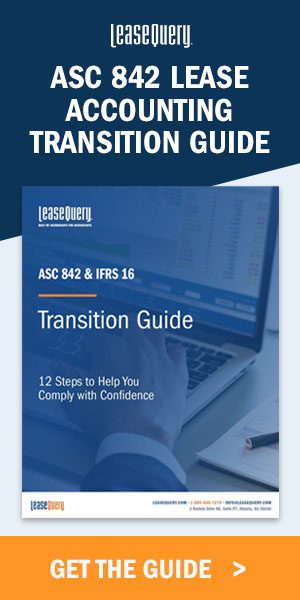This article, "Following Through on the Audit Committee Agenda for 2019: Financial Reporting," originally appeared on Protiviti.com.
In the beginning of the year, Protiviti published our annual audit committee agenda recommendations for 2019, summarized in an earlier post by Protiviti Managing Director (and blog host) Jim DeLoach. Since there is always a lot to unpack in these recommendations, we also hosted a recent webinar for audit committee members and others, available on demand on our website.
As my colleagues point out in the webinar, there is an ever-growing
variety of issues of which audit committees need to stay abreast these says. At
its core, however, the function of the committee remains the same: to ensure
the integrity of a company’s financial statements. In this post, I wanted to
dive down into some of the more pressing financial reporting issues that should
be on an audit committee’s radar as we move through this year.
The overarching financial reporting challenge that public
companies have been dealing with over the past couple of years is adapting to
changed accounting rules – revenue recognition, lease accounting, current
expected credit losses (CECL) and insurance contracts – and efforts by the
Public Company Audit Oversight Board (PCAOB) to ensure that external auditors
are being diligent in verifying compliance. This has been an ongoing process,
with attention shifting from one new standard to the next as deadlines approach
and pass.
From a financial reporting oversight perspective, the audit
committee has a broad mandate to ensure that management is presenting the
financial position and results of the company fairly. The committee’s job is to
make sure management presents results of operations and cash flows in
accordance with the changing rules and consistent with the guidance provided by
external auditors and findings and recommendations by internal auditors.
To that end, it is instructive to look back at the
implementation of revenue recognition, assess how things are going with
adoption of the new lease accounting standard, and look forward toward
preparations for engagement with external auditors on the identification of
“critical audit matters” (CAMs).
Revenue Recognition
With revenue recognition changes now in the rearview mirror,
audit committees should be reviewing the change management process to determine
what went right and wrong, how the market reacted to the new disclosures, what
questions came up on earnings calls, and what external auditors had to say
about it. Although not every company had to make significant changes, those
that did should be able to apply many of the same change management practices
in implementing new lease accounting rules, which must be reflected in 2019
statements.
Lease Standards
Without getting bogged down in the minutia of lease
accounting, audit committee members need to be able to apply the lessons
learned from the revenue recognition implementation. It’s a matter of
understanding how the change process works, and asking the right questions to
ensure that management is prepared for the scope, budget, and timing of the
project. Consider the human resource impacts – has the company allocated the
right amount of resources, with the right skills for the job of implementing
change, while also ensuring that the finance function tends to its day job? With
so much change occurring over an extended period, audit committees should also be
on the lookout for “audit fatigue”
within the internal audit function.
Critical Audit
Matters
Finally, now that external auditors are required to
identify, and companies are required to disclose, material financial issues in
audit reports involving complex or subjective auditor judgment, audit
committees should be meeting with management to evaluate process improvements
to address those concerns – to ensure that CAMs, once identified and disclosed,
are given due scrutiny in the preparation and auditing of financial reports.
The pace of change is accelerating. Audit committees should have
a good framework for understanding what the CAMs are and how they should be
evaluated. There needs to be a process for assessing and responding to risks
where a material misstatement could occur and implementing controls to mitigate
those risks.
Given the pace of change in financial reporting matters, audit committees certainly have their hands full. But financial reporting isn’t the only issue with which they should be concerned. To hear the take of my colleagues David Brand and Brian Christensen on matters related to processes, technology and next-generation audit transformation, log in to the free webinar.



